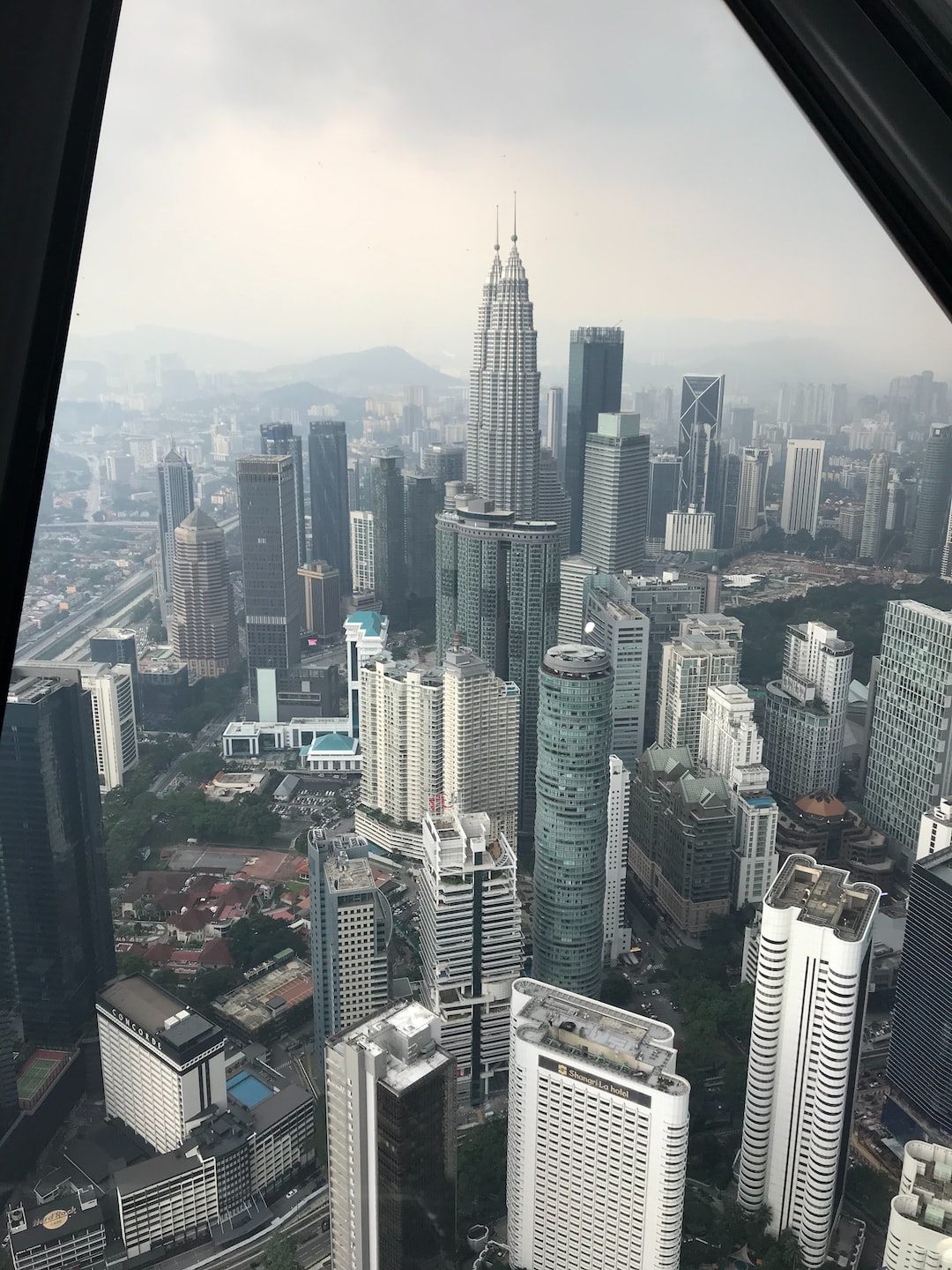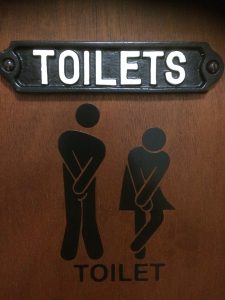Forex, also known as foreign exchange or currency trading, is the largest financial market in the world with an average daily trading volume of over $5 trillion. This market operates 24 hours a day, five days a week, with traders from around the world trading currencies from different countries. Forex trading has become increasingly popular among investors and traders because of its liquidity, accessibility, and potential for high returns. In this article, we will explore how much money is in forex and what factors influence the size of this market.
The size of the forex market is determined by the total value of currencies traded. This value is calculated based on the exchange rates between different currency pairs. The exchange rate is simply the price at which one currency can be exchanged for another currency. For example, if the exchange rate between the US dollar and the euro is 1.20, it means that one US dollar can be exchanged for 1.20 euros.
The forex market is divided into different levels of participants, including retail traders, institutional traders, banks, and central banks. Retail traders are individual traders who trade currencies through online forex brokers. Institutional traders are large financial institutions such as hedge funds, pension funds, and investment banks that trade on behalf of their clients. Banks and central banks also participate in the forex market to manage their own foreign exchange reserves and to influence the value of their currencies.
The size of the forex market has grown significantly over the years, driven by globalization, international trade, and advancements in technology. According to the Bank for International Settlements (BIS), the global forex market had a daily turnover of $5.1 trillion in April 2016, up from $4.0 trillion in 2010. The BIS is a global organization that serves as a central bank for central banks and publishes regular reports on the size and structure of the forex market.
The forex market is also influenced by various economic and geopolitical factors, including interest rates, inflation, political stability, and trade policies. For example, if a country’s central bank raises interest rates, its currency is likely to appreciate against other currencies because investors will be attracted to the higher yield. Similarly, if a country experiences high inflation, its currency is likely to depreciate because its purchasing power will decrease.
The forex market is also affected by currency speculators who buy and sell currencies in anticipation of price movements. Speculators can be individuals, hedge funds, or other financial institutions who use various trading strategies to profit from currency fluctuations. While speculators can contribute to market liquidity and help to correct pricing inefficiencies, they can also create volatility and increase the risk of market manipulation.
In conclusion, the forex market is a dynamic and complex financial market with a daily trading volume of over $5 trillion. The size of the market is influenced by various economic and geopolitical factors, and it is divided into different levels of participants, including retail traders, institutional traders, banks, and central banks. Despite its potential for high returns, forex trading carries significant risks, and traders should conduct thorough research and risk management before entering the market.


